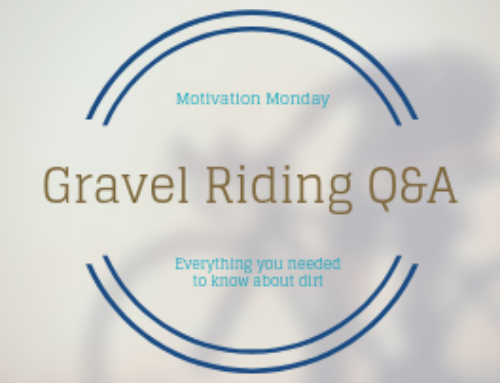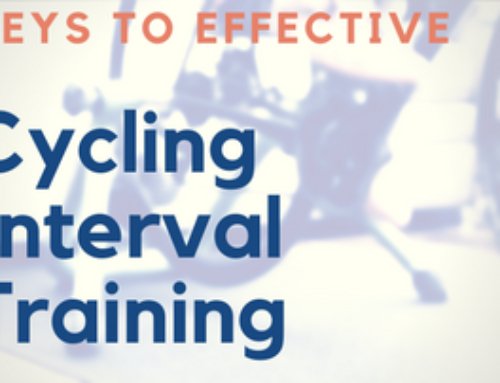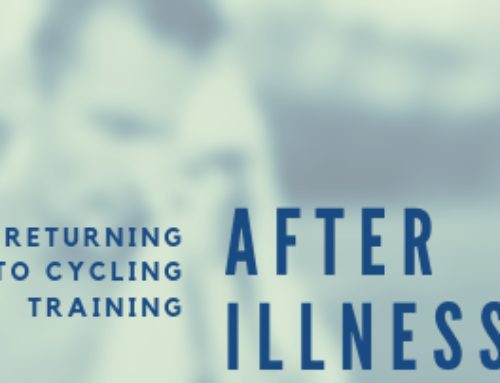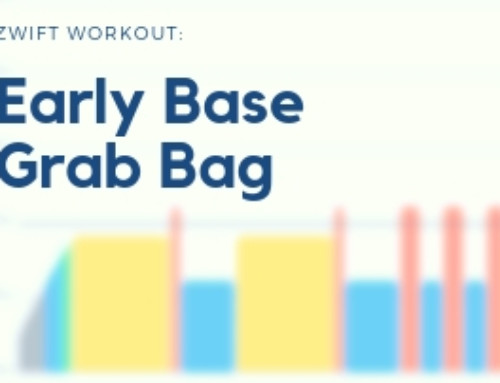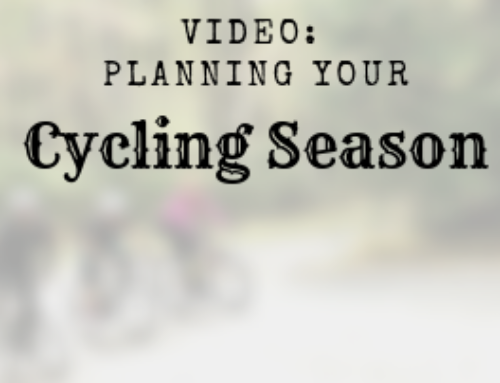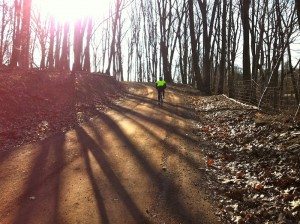 Here in the northeast, we've been blessed with about 10 days of "good" weather; "good" being in quotes because good winter weather is essentially anything that isn't snow, ice or hail and temperatures above 38 degrees (the point at which I prefer to sit on the trainer in front of the TV.) While the sun hasn't shone often and the roads aren't often dry, warmer temperatures create the itch to imbibe fresh air and feel the road slip by under 23mm tires.
Here in the northeast, we've been blessed with about 10 days of "good" weather; "good" being in quotes because good winter weather is essentially anything that isn't snow, ice or hail and temperatures above 38 degrees (the point at which I prefer to sit on the trainer in front of the TV.) While the sun hasn't shone often and the roads aren't often dry, warmer temperatures create the itch to imbibe fresh air and feel the road slip by under 23mm tires.
Since motivation is high on these rare gems of days, it's only right that we get out, rain or shine. And let's be honest, when it's 45 degrees and you've HTFUed (Hardened The F*** Up, for the uninitiated, or see rule 5) you're not going to do a 10 mile round trip to the coffee shop and then call it a day. No, you'll seek out climbs, descents and (if you're anything like the classics lover that I am) dirt and gravel roads. Basically, the gnarlier and more "Belgian" the route (and the weather) the harder you'll push yourself.
There's only one problem with that line of thinking….
It's January. It's time for base miles, maybe early build miles. It's certainly not time for an unseasonably long, unseasonably hard ride.
Or is it?
With a healthy dose of honesty and thoughtfulness, you can really find value in your unusually long and hard early season rides.
For Example…
This past Sunday was an excellent example of this concept. The ride in question was 48 miles, 3650 feet of vertical and included a number of dirt sections and difficult climbs, some very sharp and steep. Time of completion was about 3 hours 15 minutes. If I want to get anything out of this ride (other than sore legs and a big TSS number) I have to be very honest with myself. While my performance was good for January, I can take note of the following things:
- Legs began to tire and twinge with cramps around mile 43. This means muscular endurance is not up to par yet, but it is a distinct improvement from where I was 4 weeks ago.
- Sustainability of VO2 max efforts is extremely poor at this point (which is to be expected.) As opposed to a seven or eight minute sustainable effort, I'm only at three-ish minutes right now.
- Climbing ability is (for me) poor.
- Power (in the sense of short, sharp accelerations or kicks up short, sharp climbs) is very lacking.
- Flexibility is still lacking, as referenced by my inability to stay in the drops comfortably for more than about ten minutes at a time.
- Dirt road/loose surface technique needs some work.
- Breathing technique began to deteriorate with the onset of leg fatigue.
If many of you are looking over this list and wondering if I'm being overly critical….you'd be exactly right. Just to make myself (and you) feel better, I'll list off the good points that came out of this ride:
- Completed all the climbing on the route (including several very steep climbs) without bonking, injury or significant cramping.
- Completed a number of dirt/gravel sections (in atrocious weather, among other things) with no significant bike handling issues.
- Was able to maintain a relatively high Normalized Power and a consistently high Average Power throughout the course of the ride.
- Was able to close down several gaps of 2-3 minutes while riding solo.
- Was able to stay at the front of the group most of the day without significant fatigue.
So now I've been honest with myself. I've seen what went wrong and what went right. I can revel in the good stuff and I can analyze what I wasn't happy with. The biggest question is what do I do with that kind of information?
How Does it Help You?
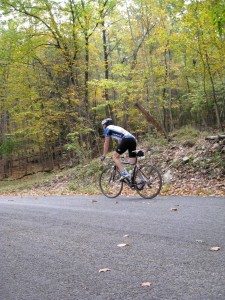
As a coach, I can look at that list and I can tell myself where I need to improve and where I'm currently strong. The same should go for you. In this case, I'll look at my training schedule/plan and ensure that it includes the following:
- Continued building of muscular endurance. You should have about 25% more muscular endurance capability than you need for your stated goal.
- Increase VO2 max sustainability through specific interval training. This may mean adding more VO2 max work or working at the top end of Zone 5.
- Climb more! Get outside and practice techniques concurrently with building VO2 max and raising threshold.
- Add "power intervals" or short, sharp bursts of power in order to train for sharp rises in terrain.
- Continue to build on flexibility through off-the-bike work.
- Practice riding on dirt/gravel roads and practice proper breathing techniques throughout all workouts.
It's simple to look at a ride and say "Yeah, I beat those guys up that climb" or "I dropped them on that flat section." Really, that's not a bad thing for you to notice either, because it gives you motivation, it tells you that the work you've been putting in is paying off, and it's just a great confidence booster. What's much harder is being critical of your performance and tearing it down, dissecting it to the core and really facing your weaknesses. In the long run, taking the time to determine those issues will give you valuable information to direct your training path in the future. It will force you to train your weaknesses while maintaining your strengths, and that's the key to making you stronger and faster.
So go ahead, be honest with yourself.
Questions? Comments? Leave them below and start the discussion about YOUR rides.

